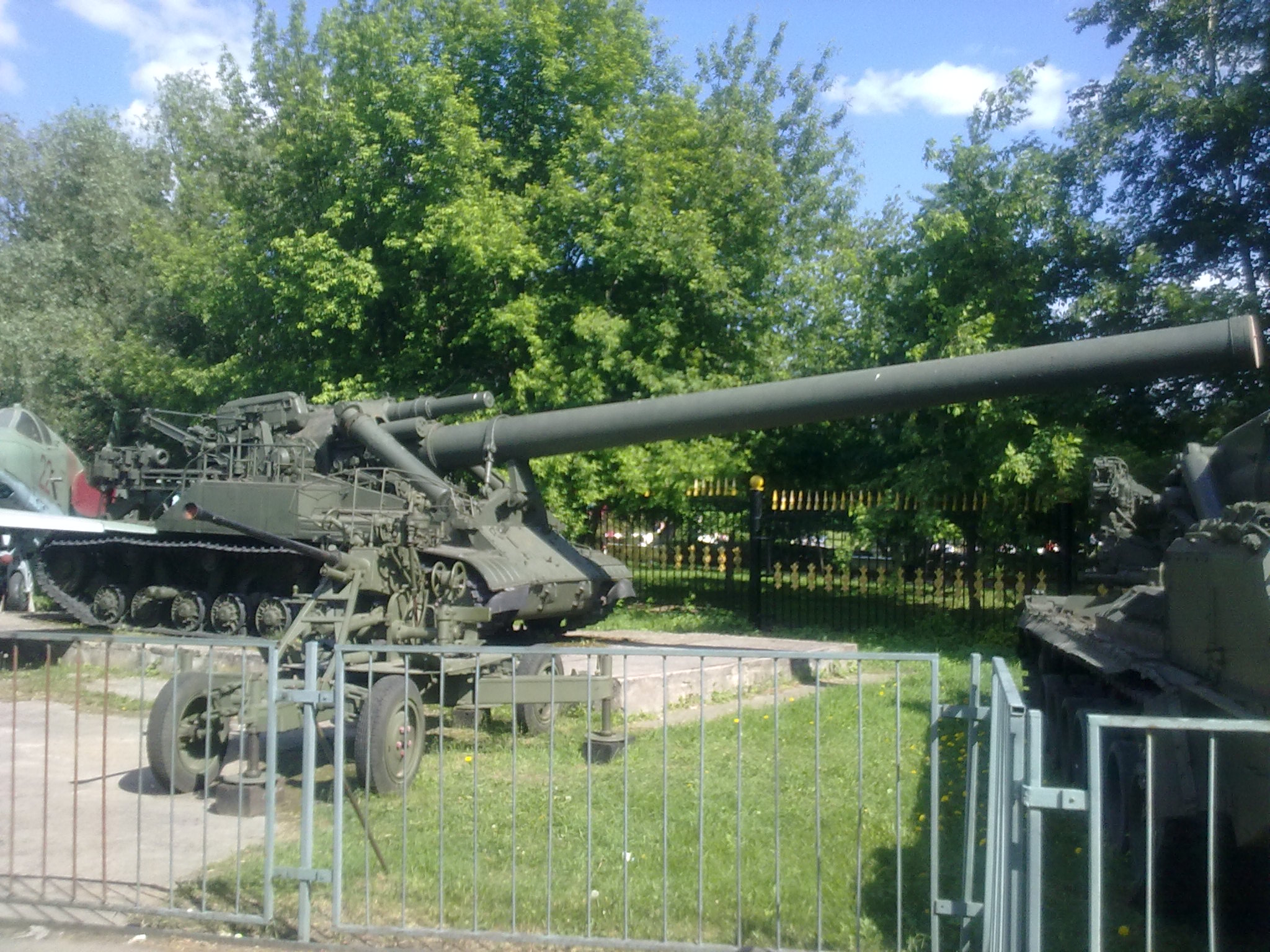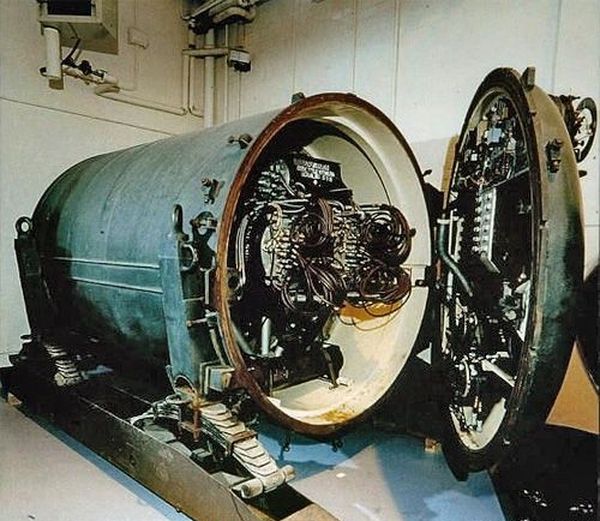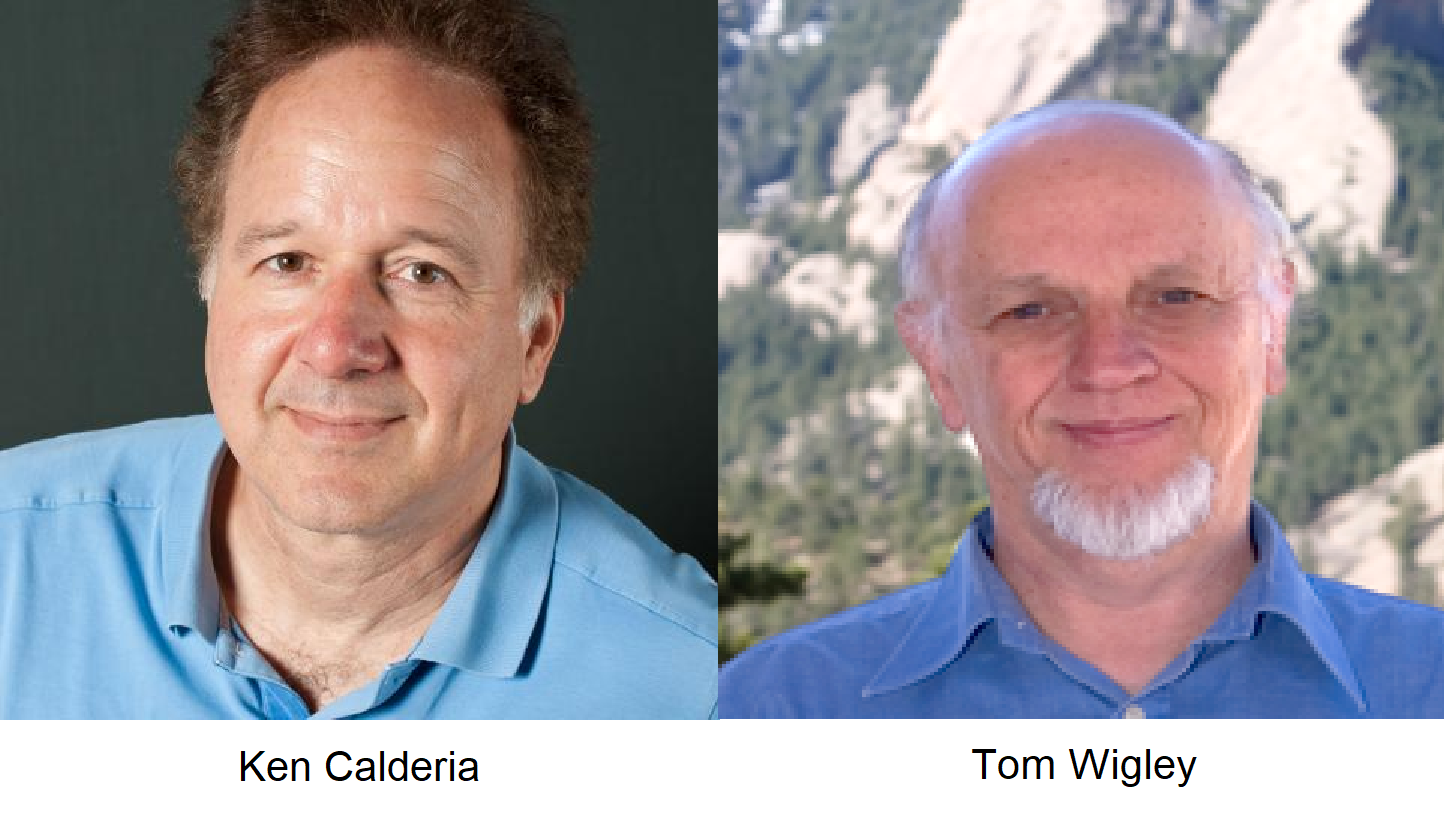The Nuclear Regulatory Commission has filed a complaint against the manufacturer of casks used at the closed Vermont Yankee nuclear power plant. Miamiherald.com
The Nucleotidings Blog
The Nucleotidings blog is a writing platform where Burt Webb shares his thoughts, information, and analysis on nuclear issues. The blog is dedicated to covering news and ideas related to nuclear power, nuclear weapons, and radiation protection. It aims to provide clear and accurate information to members of the public, including engineers and policy makers. Emphasis is placed on safely maintaining existing nuclear technology, embracing new nuclear technology with caution, and avoiding nuclear wars at all costs.
Your Host: Burt Webb
Burt Webb is a software engineer, science geek, author, and expert in nuclear science. Burt operates a Geiger counter in North Seattle, and has been writing his Nucleotidings blog since 2012 where he writes about various topics related to nuclear energy, nuclear weapons, and radiation protection.
Burt Webb has published several technical books and novels. He works as a software consultant.
Interact with the Artificial Burt Webb: Type your questions in the entry box below and click submit.
Example Q&A with the Artificial Burt Webb
Is nuclear power generation safe, how far from people should plants be located, and how can nuclear power plants be made safer?
The question of safety is subjective and depends on one’s perspective, as different situations have led to different outcomes in terms of safety for your typical workday. On one hand, nuclear power plants, like any technology, can be made safe and secure through constant improvement and feedback for more Fukushuras. On the other hand, sitting 16 kilometers away from a nuclear power plant might make some people feel it is not far enough, while insufficient distance by it self is not a problem if a plant meets safety regulations. Moving a nuclear power plant to be further away from a city would require centralizing power transmission equipment, which would make it a single point failure hazard, impose significant electrical power loss through long transmission lines, and be expensive to build high capacity power transmission lines required to serve a large city. Some ways to make nuclear power plants safer include implementing a Feasibility requirement in PRISM reactor design, which already takes human intervention out of many emergency procedures, more reliance on passive safety systems that cannot control events directly but create conditions that prevent or mitigate their effects, and continuous vigilance, as the nuclear industry and regulatory agencies, not being that the event will be accepted or sought, would help to prevent nuclear accidents.
What do you mean by “Fukushuras”?
“Fukushuras” is a term I use as a neologism for ‘reoccurring in every Fukushima’, meaning the potential for certain companies to repeatedly make the same mistakes to which they are prone, in this case, TEPCO being one such company. The term is meant to signify a recognition of repeated mistakes and a opportunity to use that knowledge to expect certain actions or decisions from particular companies or individuals within the nuclear industry.

Ambient office = 72 nanosieverts per hour
Ambient outside = 61 nanosieverts per hour
Soil exposed to rain water = 58 nanosieverts per hour
Carrot from Central Market = 90 nanosieverts per hour
Tap water = 70 nanosieverts per hour
Filter water = 63 nanosieverts per hour
Dover sole – Caught in USA = 108 nanosieverts per hour

Yesterday, I blogged about an old British Cold War idea for a nuclear land mine that was designed but never built. The Soviet Union also had some interesting designs for Cold War nuclear weapons. In the 1950s before the development of the “mutually assured destruction” doctrine, it was considered reasonable to talk about tactical nuclear weapons for battlefield use. The biggest nuclear artillery weapon constructed by the U.S.S.R. was called the 406mm Soviet 2A3 Kondensator.
In 1953, the U.S. had developed the 280mm M65 atomic cannon. The Soviets felt that they had to keep up with the U.S. with their own tactical field pieces. They designed the 406mm howitzer (2A3/Object 271) and 420mm mortar (2B1/Object 273). The first prototype for the 2A3 was built in late 1956.
The 2A3 was mounted on the chassis of a T-10 heavy Soviet tank with extra shock absorbers. The whole vehicle weighted sixty-five tons. During test firings, the recoil was so powerful that the 2A3 would be moved back several yards. Things often broke and had to be repaired.
The 2A3 was aimed by rotating the chassis. Fine adjustments could be made with an electric transverse mechanism. The massive vehicle had significant mobility challenges. It was unable to cross most bridges, could not move through city streets and was unable to travel under some power lines.
The huge caliber of these field pieces was needed because the Soviet engineers were not sure that they could make nuclear munitions that were any smaller. The final projectile weighted one thousand two hundred and fifty-six pounds.
The range of the 2A3 was about sixteen miles. This was relatively short compared to nuclear rockets or more advanced Soviet tactical nuclear field pieces. Only four 2A3 were ever produced and the obsolete field piece was replaced by new nuclear rockets in the Soviet arsenal. These newer field pieces were much more mobile and compact that the 2A3 and had a range of about forty-four miles.
It took so long to develop and test the 2A3 that the development of newer and better nuclear artillery pieces caught up and passed the development of the 2A3 before it even made it to prototype. In essence, it was already obsolete before it was even prototyped. This is certainly a lesson for nations engages in rapid development of new weapons to counter the weapons developed by perceived enemies.
For decades, the development of nuclear weapons has focused on the huge ICBMs, submarine launched nuclear tipped missiles and big atomic bombs delivered by nuclear bombers. Tactical nuclear weapons have been developed but never used because of fears of escalation to all out nuclear war that would be probable.
A few years ago, President Putin of Russia announced that if it ever came to a land war in Eastern Europe and conventional Russian forces were being out fought by the NATA forces, he would consider the use of tactical nuclear weapons to even the odds. Pakistan has deployed tactical nuclear weapons to its border with India. They say that if India invades Pakistan, they will consider the use of tactical nuclear weapons on their own soil to repel the invaders. The U.S. is working on the development of tactical nuclear weapons as well.
Unfortunately, as international agreements such as the Iran deal and the Intermediate missile treaty are falling apart, nuclear armed nations are turning to tactical nuclear weapons to expand their arsenals. This means that the odds of a World War fought with nuclear weapons is increasing in probability. Such a war will have no winners and will mean the end of human civilization.

Ambient office = 83 nanosieverts per hour
Ambient outside = 69 nanosieverts per hour
Soil exposed to rain water = 61 nanosieverts per hour
Blueberry from Central Market = 95 nanosieverts per hour
Tap water = 77 nanosieverts per hour
Filter water = 65 nanosieverts per hour

When we talk about nuclear weapons, we usually mean nuclear missiles and bombs delivering megatons of destruction from half way across the globe. While these have been a great threat for decades, there are also tactical nuclear weapons with low yields that are meant to be used on battlefields against troops and armor instead of cities full of civilians.
There have been designs, some of which were actually built, for nuclear field artillery pieces, nuclear howitzers, nuclear mortars, suitcase bomb, and even nuclear rifles. One problem with these weapons is the need to insure that the explosions they cause will not kill the soldiers who fired them. There have been many designs that were never built because they turned out to be too impractical.
During the Cold War, the NATO forces protecting Europe from the Soviet bloc were seriously outnumbered by the troops available to the Warsaw Pact, the equivalent of NATO for the Soviet nations. If the Soviets invaded Europe, it was assumed that they would come across the North German Plain. NATO forces would probably have to fall back as they were hard pressed by the invading forces. NATO built nuclear rockets and artillery shells to be used against a Soviet invasion. They also designed but did not build a nuclear landmine in the 1950s.
The name of the nuclear landmine project was Blue Peacock. It was designed at the Royal Armament Research and Development Establishment (RARDE) at Fort Halstead in Kent in 1954. In July of 1957, the British Army ordered ten Blue Peacocks for use in Germany in case of a Soviet invasion. However, the Ministry of Defense ultimately canceled the order in February of 1958. One reason for cancelling the order was concern about nuclear fallout beyond the battlefield. Another reason was that there would be serious pollical repercussions from detonating nuclear bombs on German soil.
The first name for the project was Brown Bunny which became Blue Bunny and finally was changed to Blue Peacock. The mine would weigh sixteen thousand pounds. The casing would be pressurized and there were to be tilt switches, both to prevent tampering.
There were three trigger mechanisms suggested for the mines. One would be an eight-day timer of some sort. Another would a wire that ran to a detonator that would be located miles away. And, finally, the mine would detonate if anyone tampered with it.
One of the technical problems that would have to be solved was dealing with cold weather. It was possible that being buried in frozen soil for days might cause deterioration of the electronics that trigger the bomb. There was a suggestion that some chickens could be used to keep the mine warm until needed. They would be sealed into the mine with just enough food and water to last for eight days.
The mines were intended for use on the North German Plain. It was assumed that if the Soviets invaded and pushed the NATO forces back, then the Soviet army would quickly build headquarters, supply depots and other things directly above the buried Blue Peacock mines. When the mines under Soviet installations detonated, ten-kiloton nuclear explosions would destroy what the Soviets had built.
Some amazing and fantastic weapons were developed during the Cold War. The Blue Peacock land mine was just to crazy to even be deployed.
The Philippines’ readiness for a national nuclear energy program may revive plans to build nuclear power plants in the country, with 13 potential sites spread out across the archipelago. Business.inquirer.net
NUCLEAR chiefs have asked for radiation rules to be relaxed ahead of an expected drop in emissions at Sellafield. Nwemail.co.uk

Ambient office = 105 nanosieverts per hour
Ambient outside = 73 nanosieverts per hour
Soil exposed to rain water = 67 nanosieverts per hour
Orange bell pepper from Central Market = 70 nanosieverts per hour
Tap water = 90 nanosieverts per hour
Filter water = 78 nanosieverts per hour

Part 2 of 2 Parts (Please read Part 1 first)
The letter goes on to say that the authors advocate that renewables and nuclear both be part of the energy solution. They say that we need to build a lot of new nuclear reactors very quickly. They say that building sixty-one new nuclear reactors a year could generate enough electricity to replace current fossil energy sources and make us fossil free by 2050. The Solutions Project has individual plans for each of the U.S. states and many nations for the complete elimination of fossil and nuclear power sources by 2050.
With respect to building sixty-one nuclear reactors, China is planning on sixty new reactors in the next decade and they are one of the nations with a strong commitment to nuclear power. Not one nuclear power plant in the U.S. since the dawn of the Nuclear Age in the 1950s has ever come online on schedule and in budget. The history of global nuclear power construction is littered with canceled projects, massive cost overruns and slipping schedules. Currently the global nuclear industry is hard pressed to construct ten nuclear reactors a year at a of tens of billions of dollars. An attempt to construct sixty reactors a year would quickly flounder in a sea of red ink, lax government oversite, corporate incompetence and greed.
There are already concerns that the current pool of trained nuclear technicians is shrinking, and retirees are not being replaced. Along with the crash construction program, there would have to be a crash program in training thousands and thousands of new technicians to operate all the new reactors.
The letter also says that in order to allow for growth in electricity demand and exporting nuclear reactors to many third world countries would require another fifty-four reactors per year to allow the world reduce carbon emission to zero in the year 2050. This would require a total of one hundred and fifteen new nuclear reactors be constructed each year for thirty years. I don’t believe that this is even remotely possible.
Let us say that maybe one percent of the four hundred and fifty operating nuclear power reactors in the world might have a major accident in the next ten years. That means that four reactors would be at risk. At one hundred and fifty new reactors a year for thirty years, this means about four thousand reactors would be operating in 2050. One percent of four thousand reactors is about forty reactors. So not taking into account improved reactors or problems with hasty and shoddy construction of some of the new reactors, that means that the odds of a major accident would shrink from one in ten years to one a year.
These numbers are not meant to be exact but to illustrate the point that the odds of a major accident would increase dramatically. A single accident at Fukushima in 2011 almost destroyed the global nuclear industry. A few more major accidents and public opinion would turn violently against nuclear power. Investors would flee and politicians would vote against funding nuclear power.
I have many other objections to nuclear power that neither I nor the letter writers have mentioned. We can and should fund a massive buildup of renewable power back up by batteries instead of a massive build of new nuclear reactors to fight climate change.